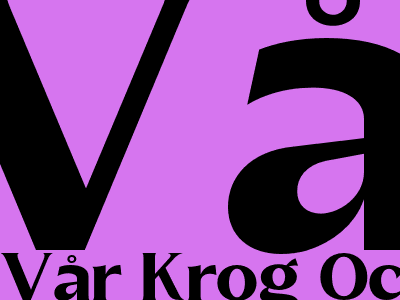The Ultimate Guide to SEO for Blogger.com
Introduction
Search engine optimization (SEO) is the process of optimizing your website or blog to rank higher in search engine results pages (SERPs). This can help you attract more organic traffic to your site, which can lead to increased sales, leads, and brand awareness.
If you're using Blogger.com to host your blog, there are a few things you can do to improve your SEO. In this guide, we'll cover everything you need to know about SEO for Blogger.com, from keyword research to link building.
Keyword Research
The first step to SEO is keyword research. This is the process of identifying the keywords and phrases that people are searching for in Google and other search engines. Once you know what keywords people are searching for, you can start to incorporate them into your blog content.
There are a number of different ways to do keyword research. One way is to use the Google Keyword Planner. This tool allows you to enter a keyword or phrase and see how many people are searching for it each month. You can also use the Keyword Planner to get ideas for other related keywords.
Another way to do keyword research is to use a tool like SEMrush or Ahrefs. These tools allow you to track your keyword rankings and see how much traffic you're getting from different keywords. You can also use these tools to find out what keywords your competitors are ranking for.
On-Page SEO
On-page SEO is the process of optimizing the content on your blog to rank higher in SERPs. This includes things like keyword optimization, title tags, meta descriptions, and image optimization.
Keyword optimization: When you're writing your blog posts, be sure to include your target keywords in the title, body, and tags. However, don't keyword stuff your content. Google will penalize you for this.
Title tags: Your title tag is the title of your blog post that appears in SERPs. It should be clear and concise, and it should include your target keyword.
Meta descriptions: Your meta description is a brief description of your blog post that appears in SERPs. It should be interesting and informative, and it should encourage people to click on your link.
Image optimization: When you add images to your blog posts, be sure to include alt tags. Alt tags are short descriptions of your images that help Google understand what they're about.
Off-Page SEO
Off-page SEO is the process of building backlinks to your website or blog. Backlinks are links from other websites to your site. They're a signal to Google that your site is popular and authoritative, and they can help you rank higher in SERPs.
There are a number of different ways to build backlinks. One way is to write guest posts for other blogs in your industry. Another way is to create infographics and other shareable content. You can also promote your content on social media and other online communities.
Local SEO
Local SEO is the process of optimizing your website or blog for local search results. This is important if you have a business that serves a local area.
There are a number of different things you can do to improve your local SEO. One way is to create a Google My Business listing. You can also optimize your website for local keywords and citations.
Technical SEO
Technical SEO is the process of optimizing the technical aspects of your website or blog to rank higher in SERPs. This includes things like site speed, mobile optimization, and security.
Site speed: Your website should load quickly. Google will penalize you if your site is slow to load.
Mobile optimization: Your website should be mobile-friendly. Google gives preference to mobile-friendly websites in SERPs.
Security: Your website should be secure. Google will penalize you if your site is not secure.
Conclusion
SEO is a complex and ever-changing field, but it's essential for any website or blog that wants to rank higher in SERPs. By following the tips in this guide, you can improve your SEO and attract more organic traffic to your site.

Comments